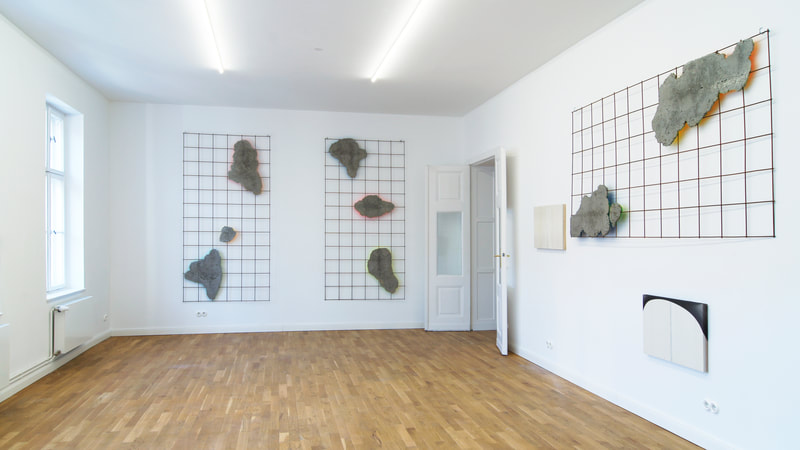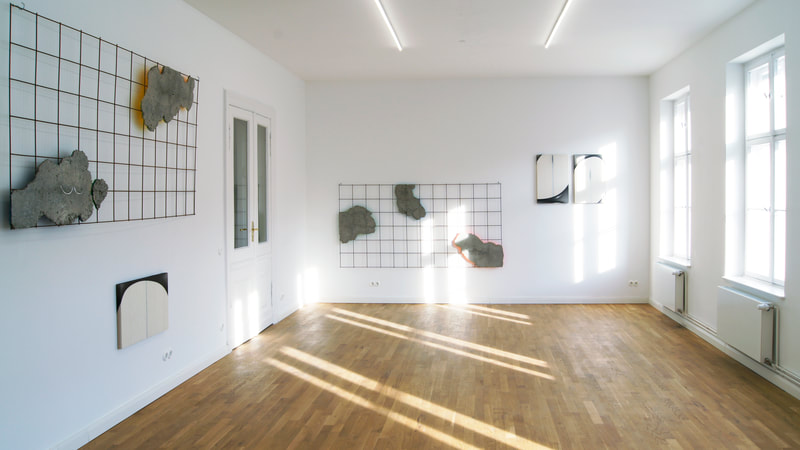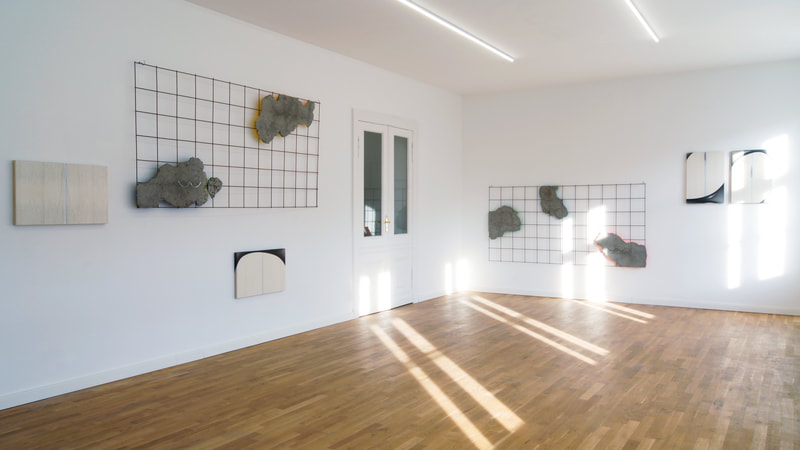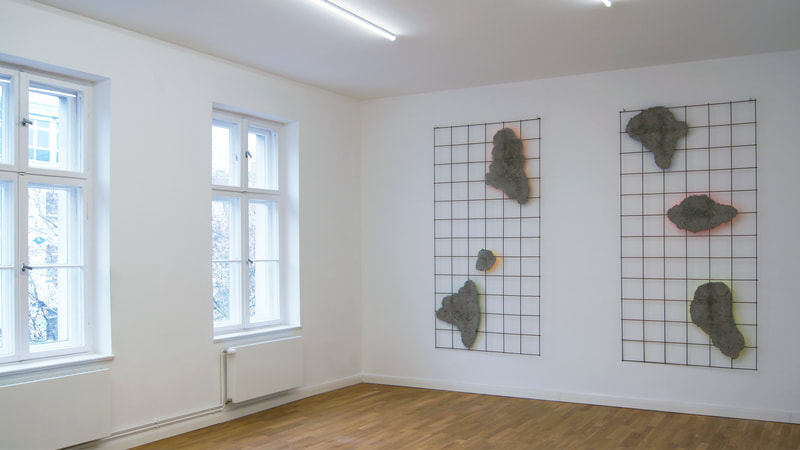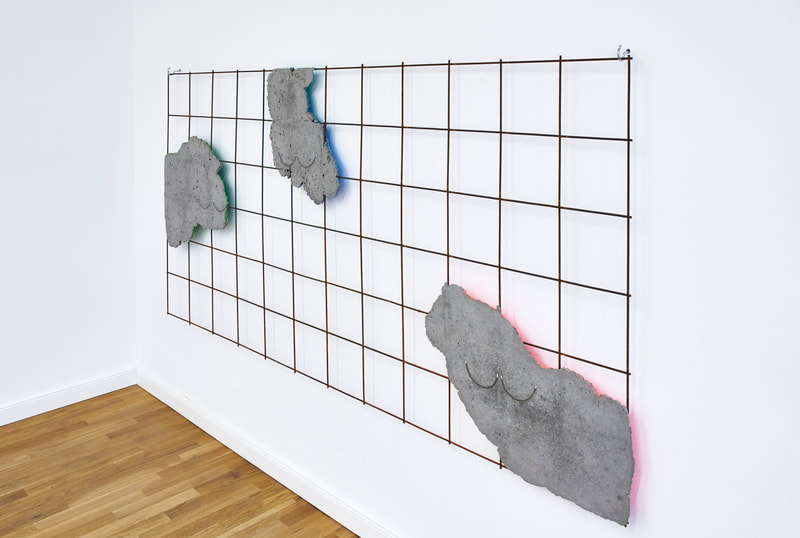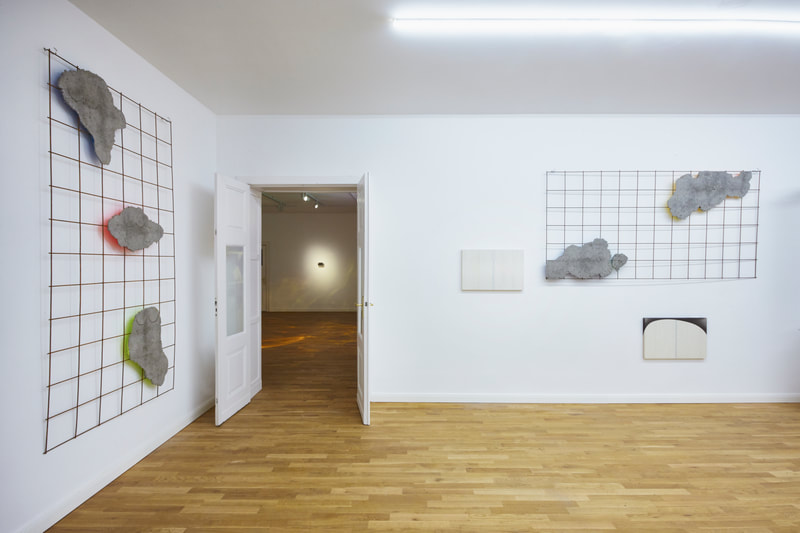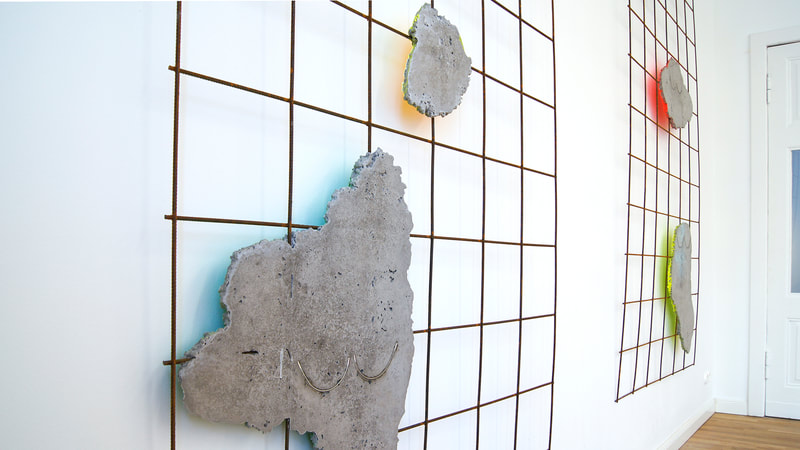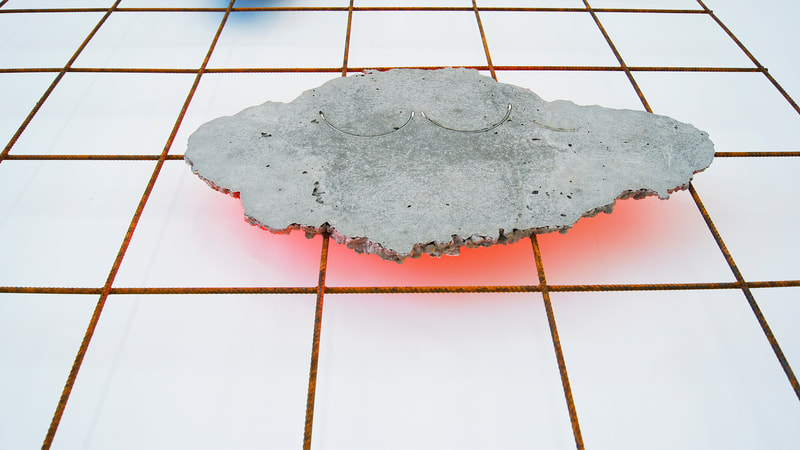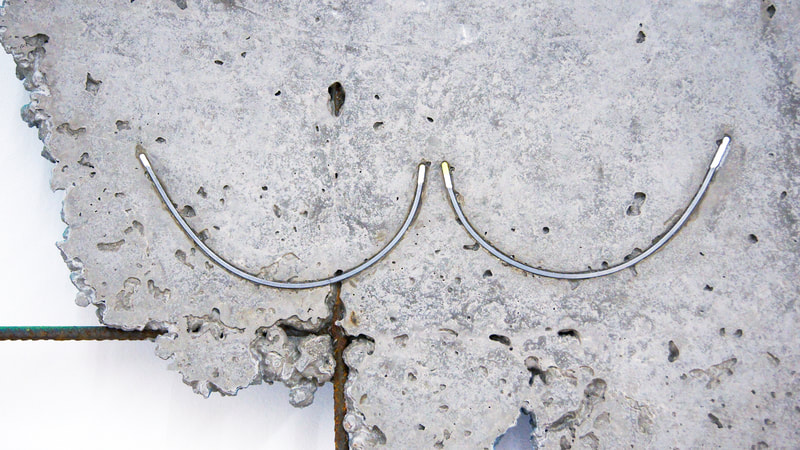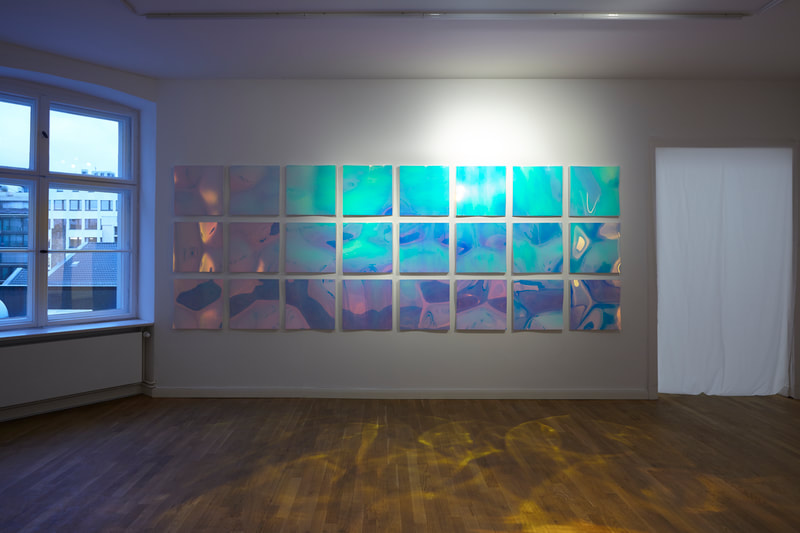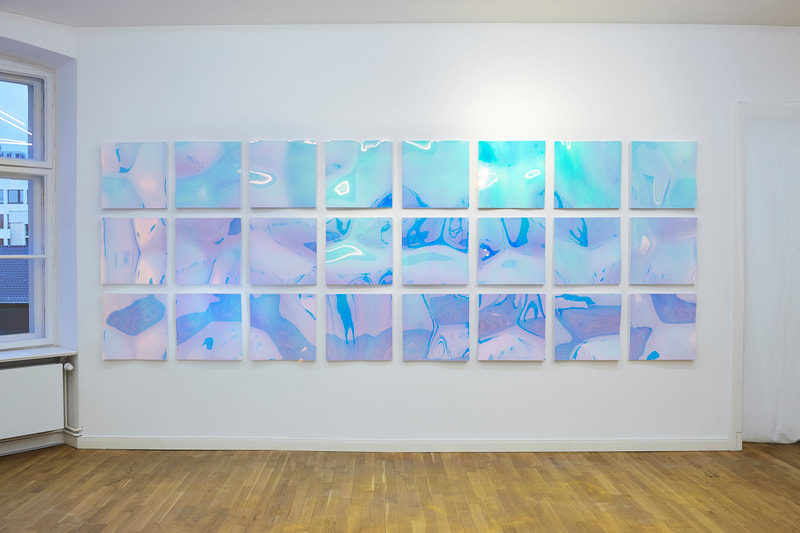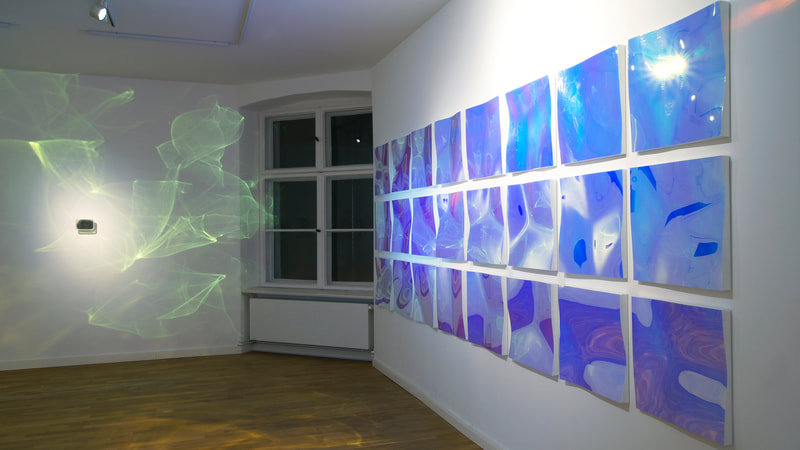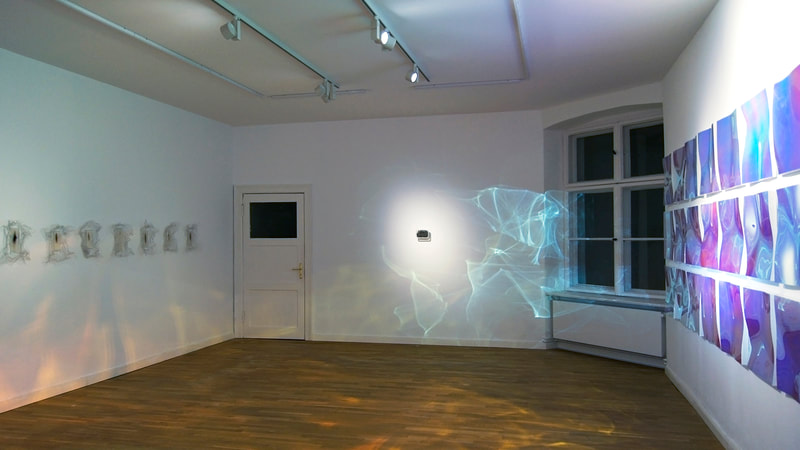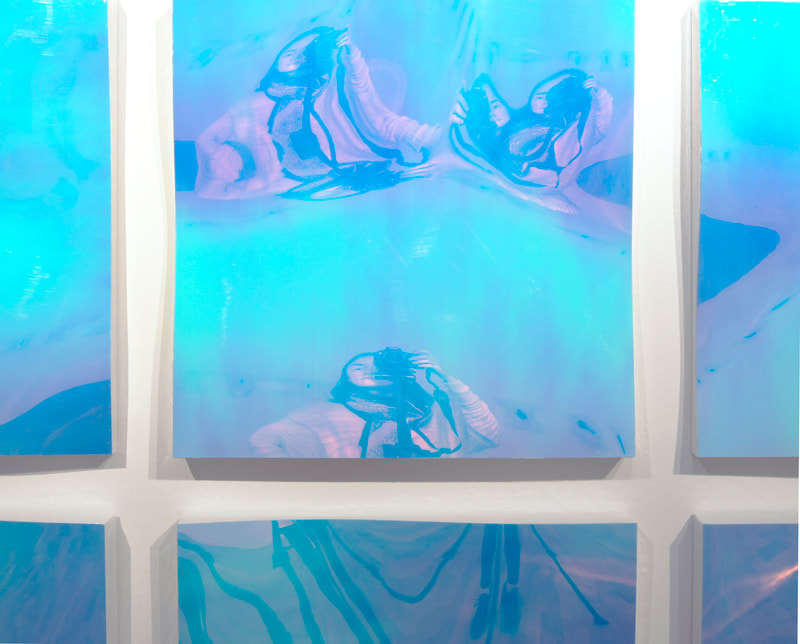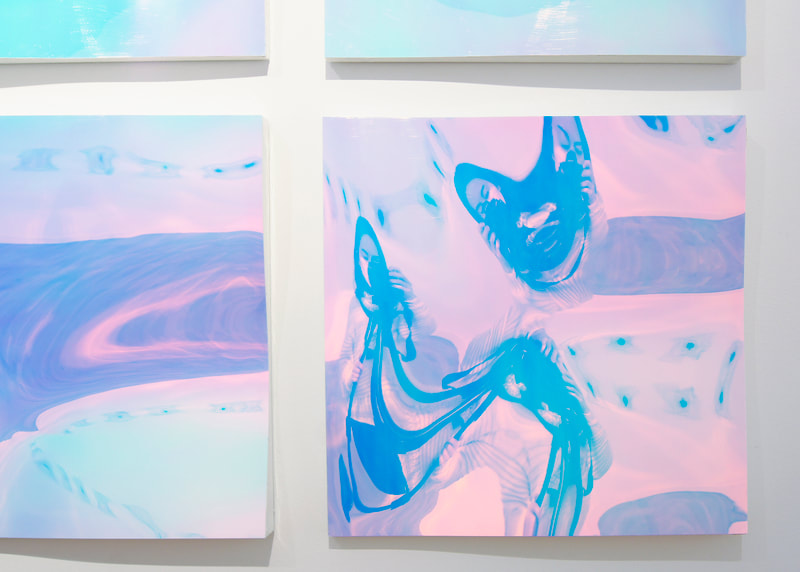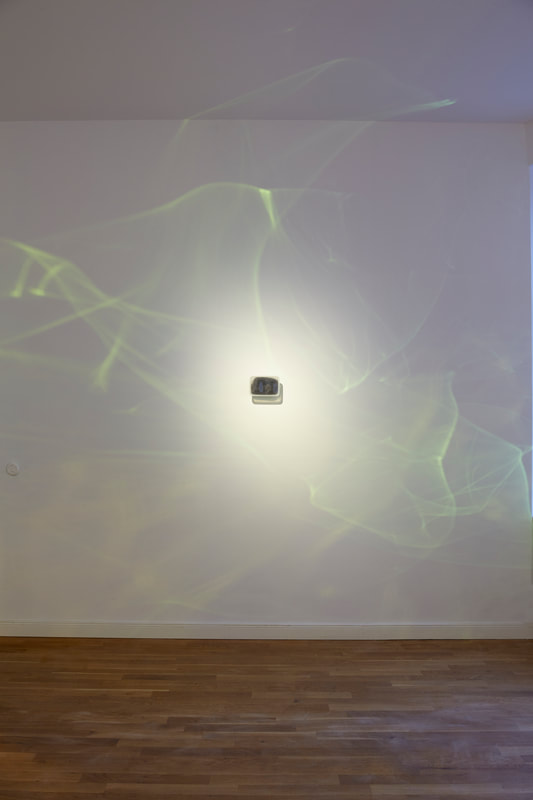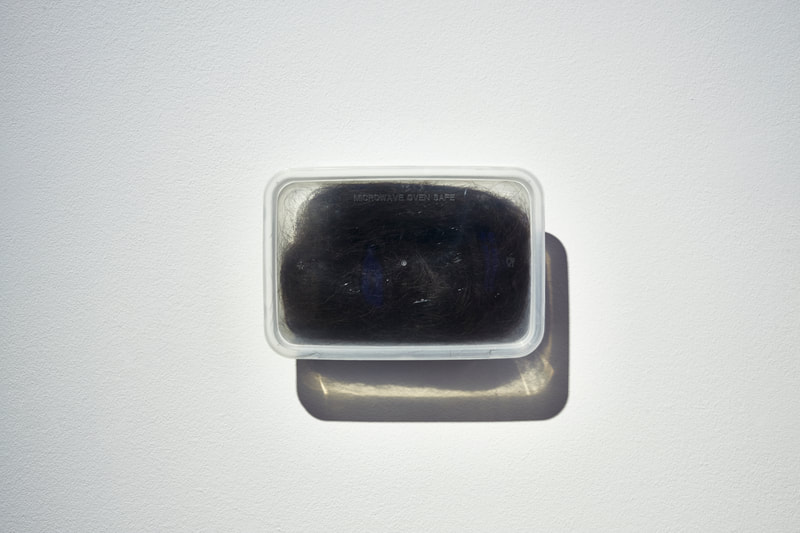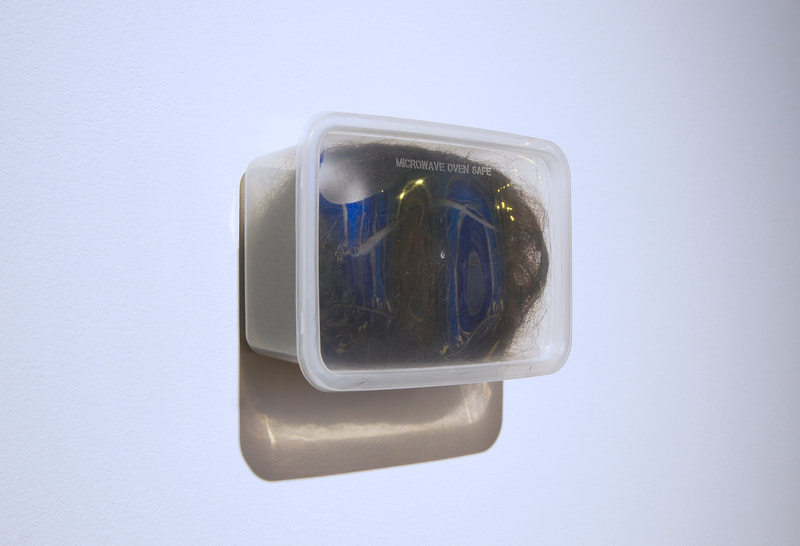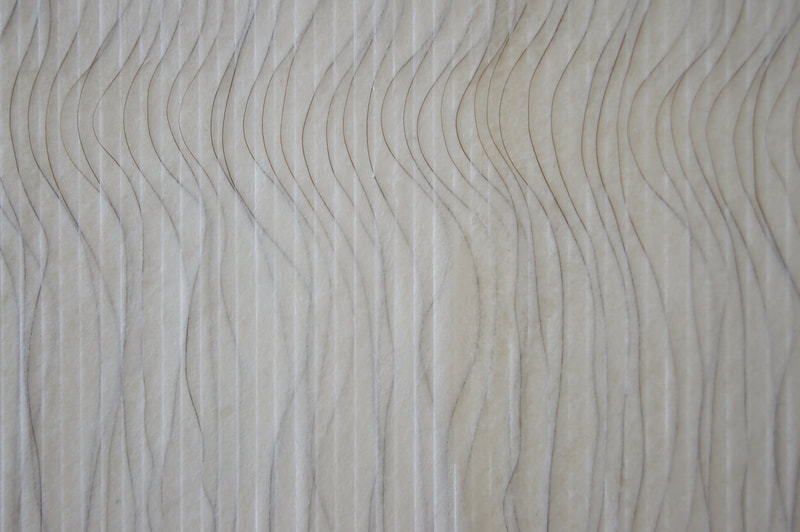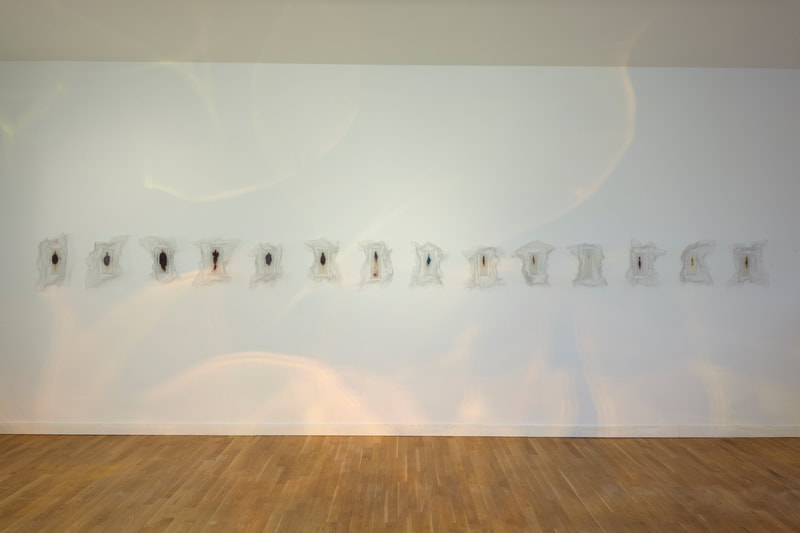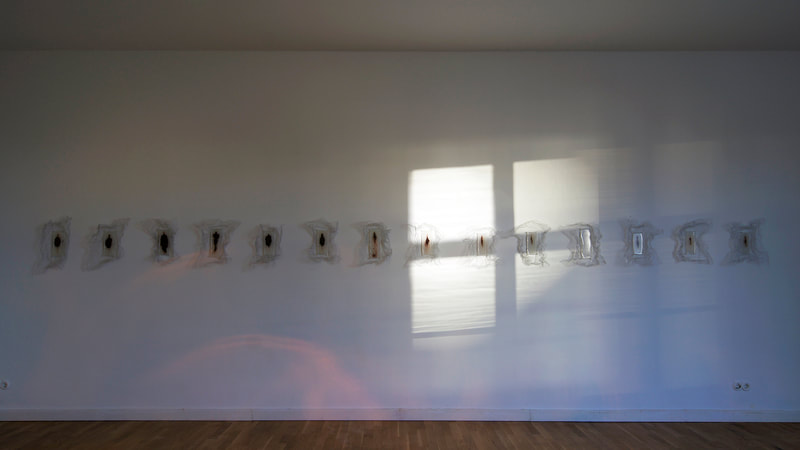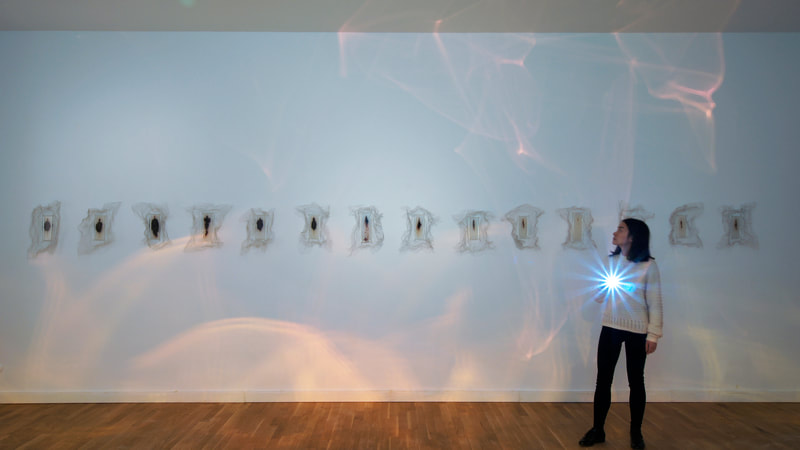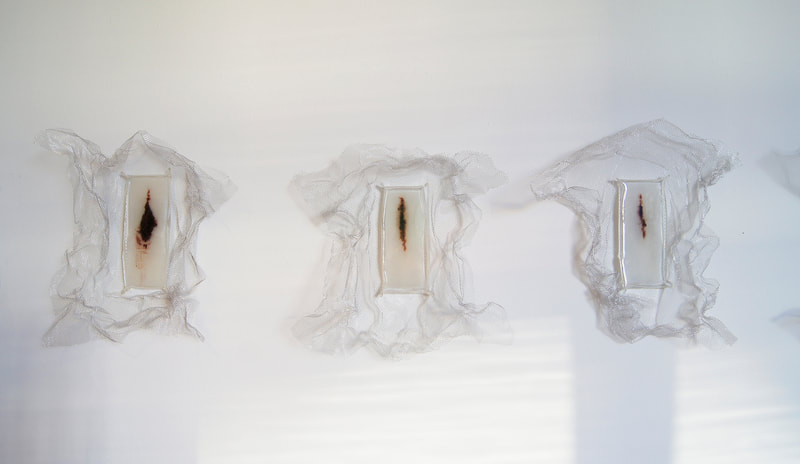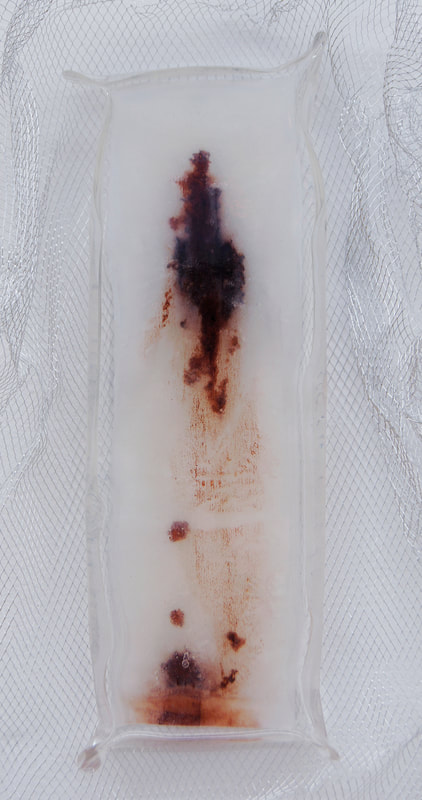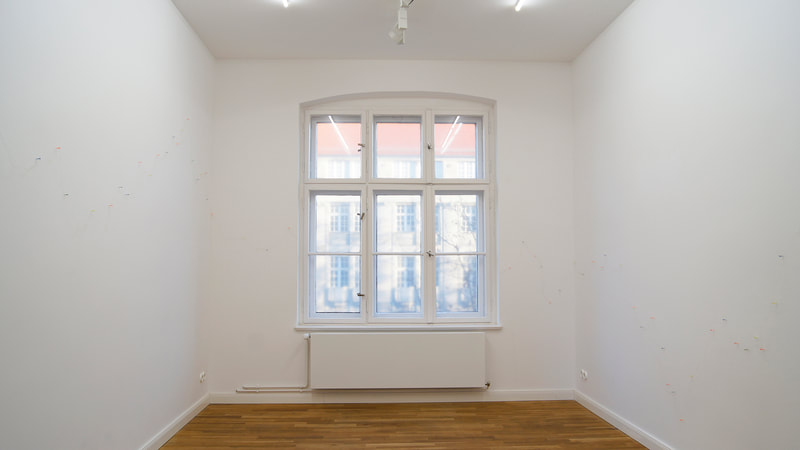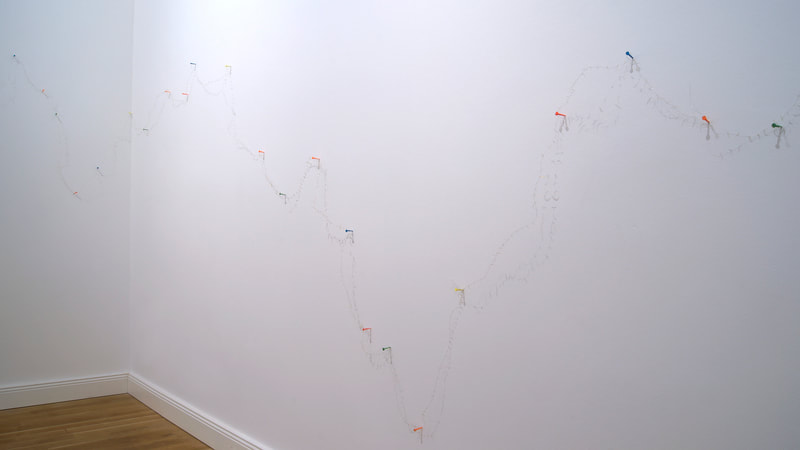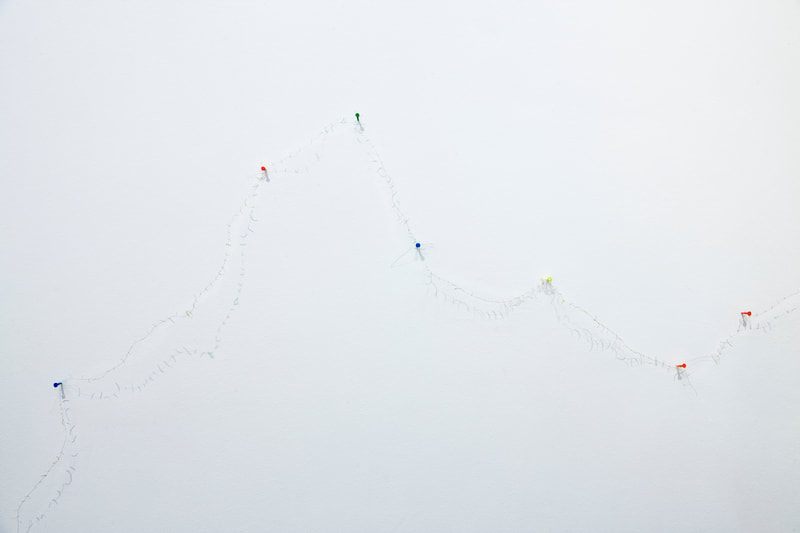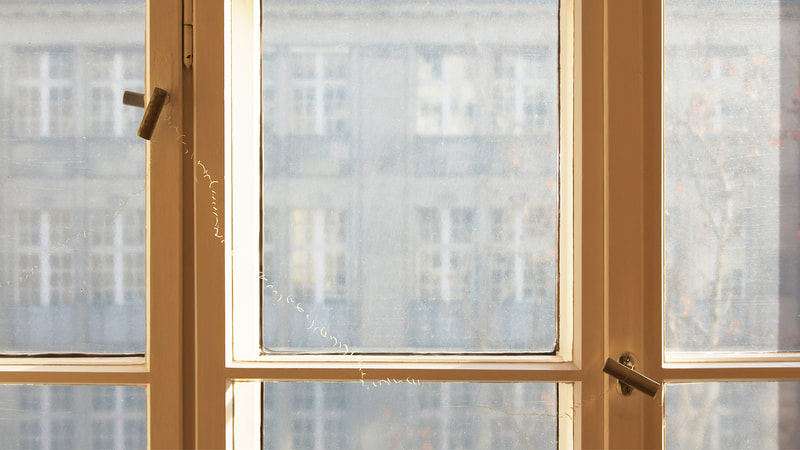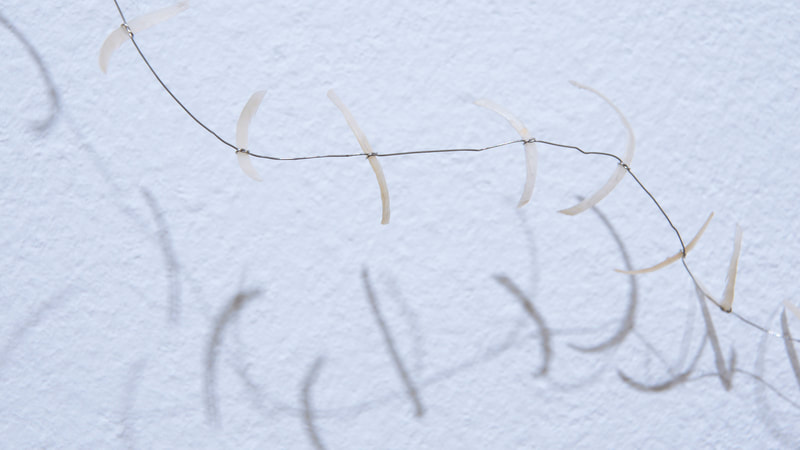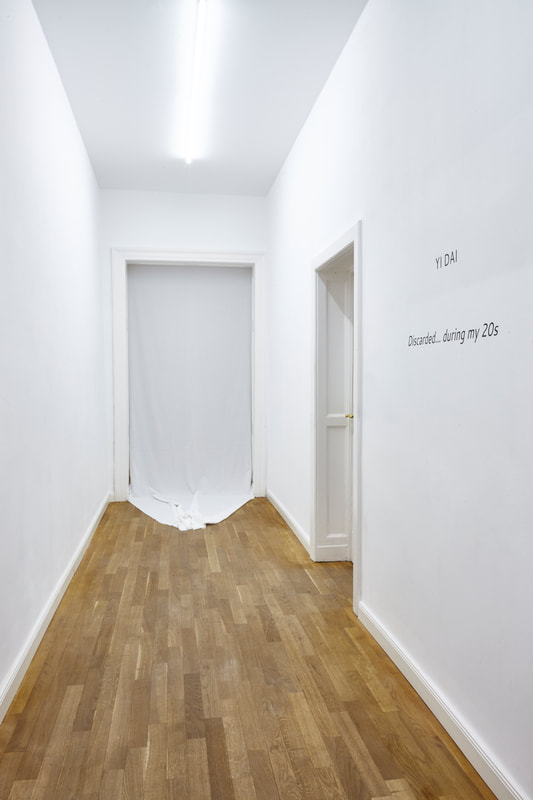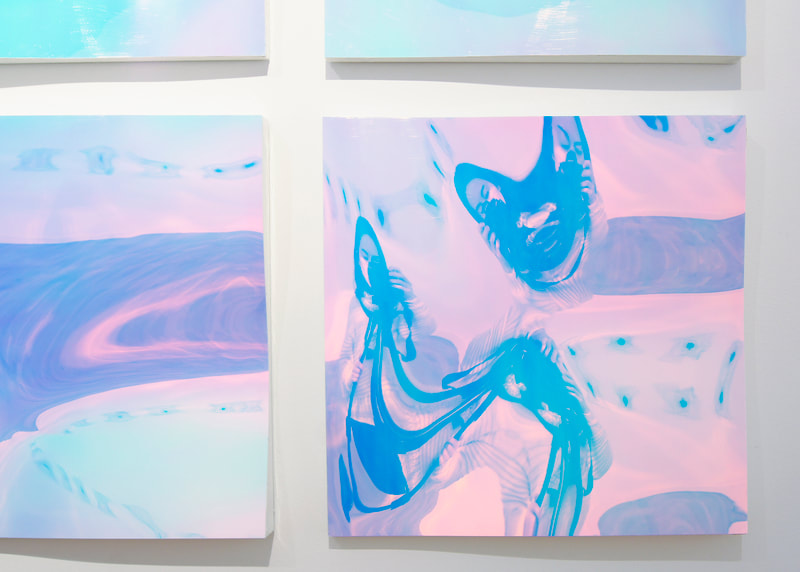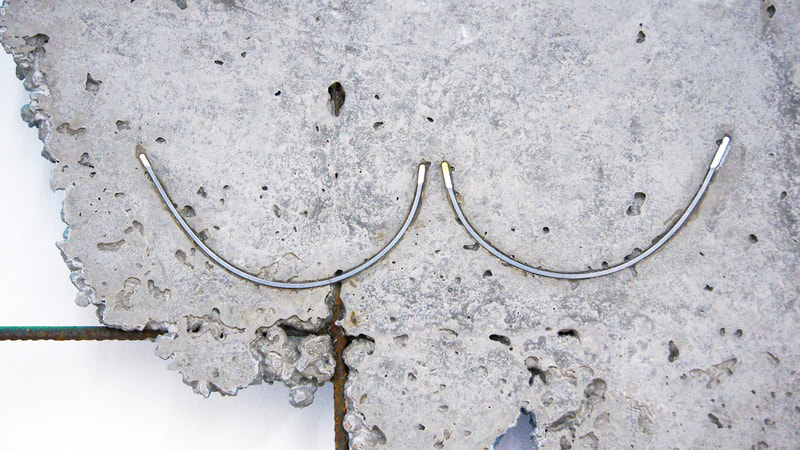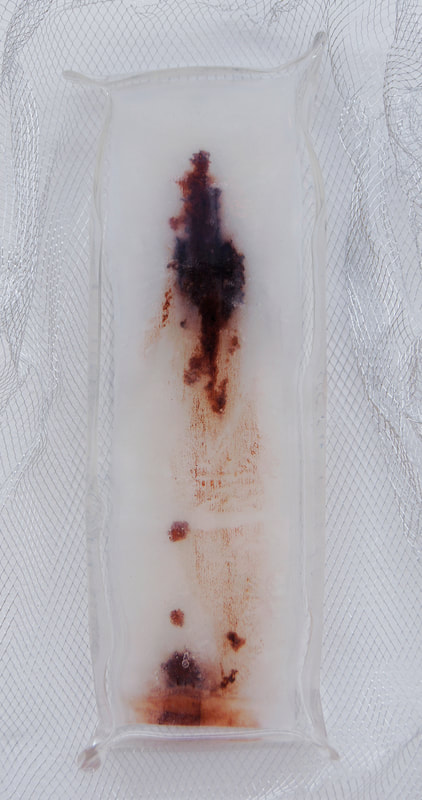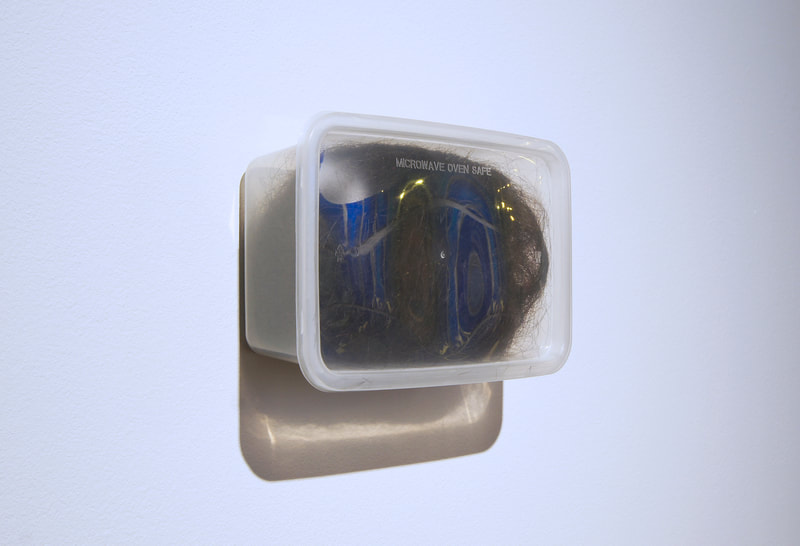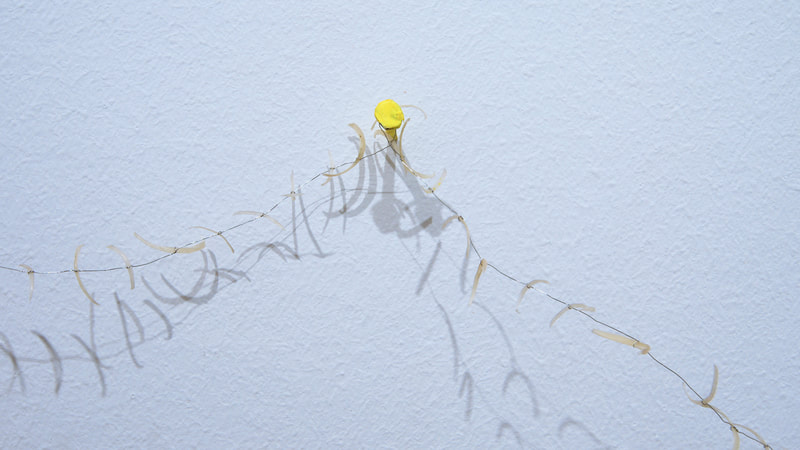Discarded... during my 20s (2019)
The female body, or human body in general, has been one of the protagonists throughout the western history of art. Certain shapes and patterns dominate the subject of the body and sexuality – the two circles, the dots, the stick, the hole. Although they are dressed up in all manners and appear in all moods throughout contemporary art, including in “feminist art”, such visual patterns are easily recognised, identified, categorised, or stereotyped.
In 1978, German choreographer Pina Bausch, with Tanztheater Wupertal, created the dance piece “Kontakthof”. The masterpiece was re-performed in 2000 by local citizens of Wuppertal over the age of 65, and then again in 2008 by teenagers between age 14-19. The dance is choreographed with countless mundane gestures or small acts that dominate our everyday life but normally disappear from our focus - women adjusting their bra straps, pulling their stockings, sucking in their stomach, tiptoe walking with heels, hair adjusting and scratching, the list goes on. In addition, the dancers – whether it is in the original production or the later reproductions with senior and teenage dancers – do not always have the bodies that meet the conventions of perfect dance bodies, or the feminine and masculine stereotypes. Gender, therefore, appears only as one of the characteristics, as oppose to a defining feature.
The later engagement with senior and teenage performers has given the original piece yet another layer of connotation. Whether it is elderly people in a search for shared memory and intimacy, or inexperienced teenagers on a journey to explore the subject of gender, the piece magnifies the vulnerability that is familiar to an average person, yet acquires an infinitely tender twist. Although its theme is to do with “gender”, the manner it has explored such subject is far from stereotypical or conventional. While it explores the relationship between genders through its abstract yet faintly narrative dance plots, the choreography abandoned the conventional patterns and formulas of what is considered dance movements, and recycled the kind of trivial bodily movements, honoured them with aesthetic values, and explored with them our vanity, fear, and desire.
Bausch’s work might be seen, at the time, as modern, contemporary, edgy, and novel, but it is in no way achieving that by being outwardly shocking, rebellious, and destructive, nor is it promoting some sort of “aesthetics of the ugliness”. The works are still timelessly elegant, forming a clever and well-informed conversation with tradition and with the past, instead of proposing an angry revolution.
Inspired by some of the questions that “Kontakthof” has raised, the exhibition “Discarded… during my 20s” explores the subject of human and female body through a series of wall-based mixed-media installations. The main concerns of this series of works of mine, however, isn’t about the female body, but about what parts of our bodily existence have aesthetic values. Addressing closely to gender issues, the works, however, are neither a eulogy nor a satire of any gender problems. Using physical materials from human bodies, they are neither vulgarising the body nor idealising it. The visual effects created are neither meant to entice nor meant to provoke. On the other hand, the works have a strong documentary tendency, although with a poetic twist.
The materials in this show consists of human bodily remains - things we shed or discard such as hair, nail clippings, or menstruation blood, in juxtaposition with construction materials - things that surround, contain, or reflect our bodies and images such as steel, concrete, and glass. By recycling the often value-less bodily remains and making them the protagonist, presents some questions in different light. What does ten years look like in finger nails clippings? Does it contain a plethora of feelings about ageing or is it as boring as counting repetitively? What does one month look like in menstruation pads? Does it carry any sacred mystery like the prehistoric superstition or is it as tedious as piling up blobs of concrete in building work? What about the invisible curved steel wires in bras that function pretty much like a mildly infected appendix - historical, useless, inconvenient, but nevertheless stubbornly present, and we sometimes wonder maybe they do have a purpose, but maybe not?
An anonymous contour repetitively appears throughout different pieces in the exhibition – a visual pattern that exists everywhere in our life and our bodies, but lacks a confined form. Contrary to the typical visual vocabularies that dominate recent feminist art, the shape is fluid, like a splash of water, a stain of blood, a pile of tissues, a spark of light, or the outlines of a map. These unconfined, unidentified, and unnamed patterns, made with the artist’s own human remains, seek to interrogate, rather than to perpetuate, the hierarchy of bodily parts, and to question what, if any of those bodily existence, delivers aesthetic values.
- Yi Dai, 2019
Photo credit: Joseph Devitt Tremblay
Works included in this show:
